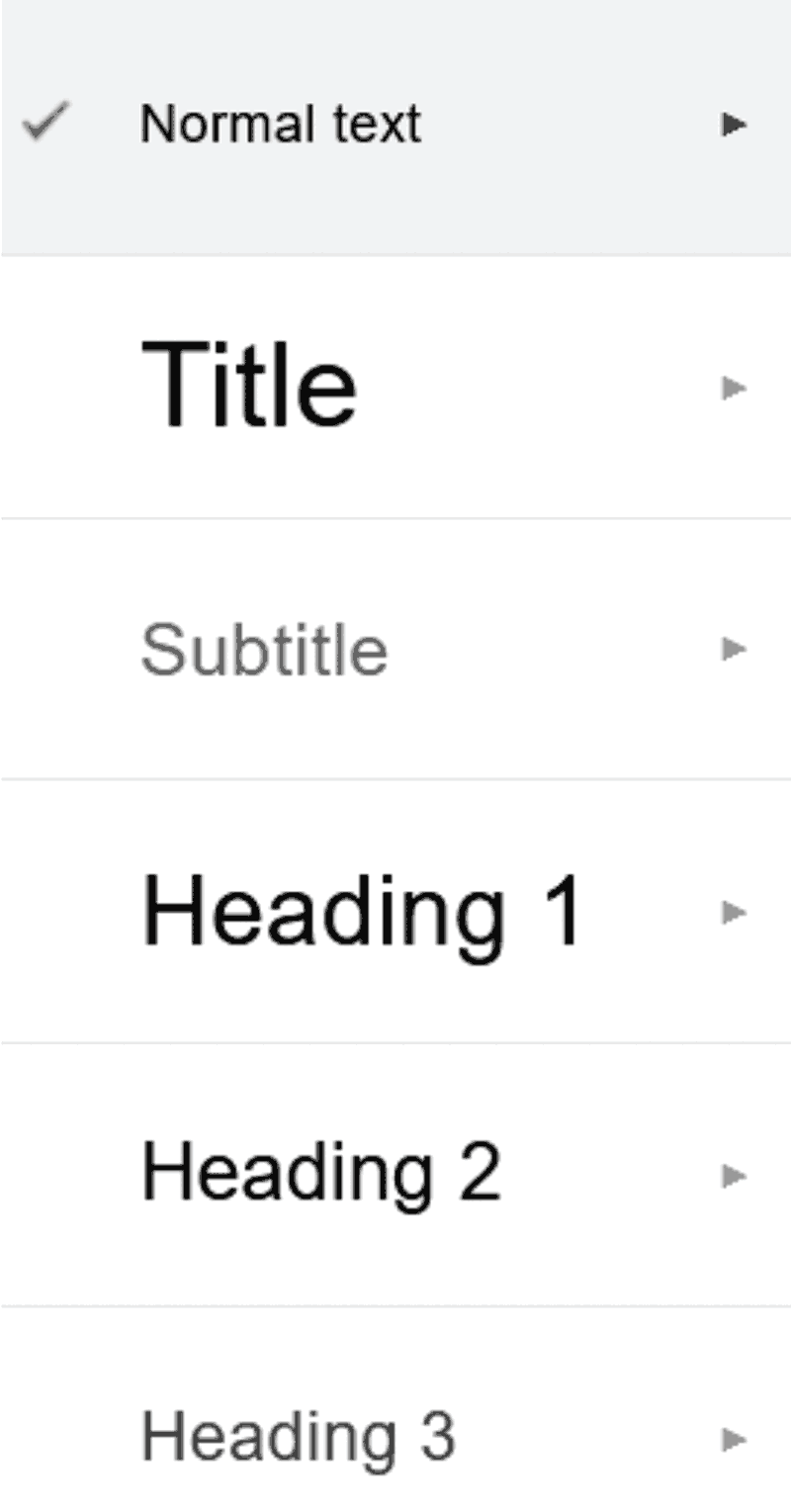If you want to drive traffic to your website, you’ll know just how important search engine optimization (SEO) is. For years now, marketers have developed content and designed pages according to the algorithms of search engines like Google, ensuring that they show up in search engine results.
However, SEO strategies shouldn’t just be thought of as a way to drive traffic to your website. Rather, they are a great way to make sure that actual customers have the best possible experience on your site. This article will explain how SEO is related to customer experience and how you can boost both SEO and customer experience by thinking about them together.
How Does SEO Relate to Customer Experience
There are many strategies for developing and improving customer experience, from customer lifecycle mapping to audience research. While all of these are important, SEO strategies that you’re already familiar with can be used to improve customer experience.
When search engines design their algorithms, they not only aim to find web pages that provide solid content, but they also want to deliver pages that their customers will enjoy. Without this, customers will stop using their search engine. This means that they place a lot of emphasis on customer experience.
Think about the most effective SEO strategies. Quick load times are crucial to good SEO performance, but are also a large part of what makes a website enjoyable for customers to use. Similarly, high-quality content has become more and more important in the SEO world. Ultimately, this content will influence the customer experience.
You also shouldn’t forget that customer experience doesn’t begin once your customers start reading your website, but from the customer’s first interaction with the company. Touchpoints could be through advertising or social media posts. By making your site easy to discover on search engines through effective SEO, you’ll ensure that customer experiences are as smooth as possible.
From improving visibility to making your site more usable, SEO strategies have been impacting your customer experience for as long as you’ve been focused on SEO. SEO strategies have been influencing customer experience ever since businesses started focusing on them.
These strategies aim to improve the visibility of a website and make it more user-friendly, thus attracting more customers and enhancing their experience. Whether it is by enhancing visibility or improving usability, SEO strategies have been playing a crucial role in shaping customer experience for a long time.
SEO Elements That Affect Customer Experience

So now that it’s clear that SEO and customer experience are intrinsically linked, what are the SEO elements that affect customer experience the most?
1. Responsive site design
Whether it’s a marketing automation system or an e-commerce site, one of the most important drivers of both SEO and customer experience is a responsive site design. Websites that are slow or unresponsive will push customers away from the site.
SEO algorithms place so much importance on the responsiveness of websites because they can make or break a user’s experience. Sites should be easy to read on both desktops and mobiles as well as designed to increase user engagement with content.
2. Keywords
Using the right keywords is a well-established SEO technique. Through using the right keywords, you can make sure that search engines understand the relevance of your content, boosting your site’s position in search engine results.
The presence of keywords in your content can also help users to find the specific content that they’re looking for, leading to a straightforward and simple experience. However, you should be careful to avoid using keywords that are obviously included to manipulate SEO rankings, which can make users frustrated and likely to leave your site.
3. Readability
Another factor that influences both customer experience and SEO is readability. Your website design should be optimized and compatible for different types of devices.
As well as design, you’ll want your content to be concise and divided into short paragraphs and clear sections. On top of making your site more appealing to SEO algorithms, this will mean that customers don’t feel like they’re doing homework when they’re reading your content.
4. Headers
 Using headers to divide your content is another great way to use SEO for a better customer experience. Visitors naturally scan web page content headings to find the content that is most relevant, while search engines use them to understand the structure of a webpage and the hierarchy of its content.
Using headers to divide your content is another great way to use SEO for a better customer experience. Visitors naturally scan web page content headings to find the content that is most relevant, while search engines use them to understand the structure of a webpage and the hierarchy of its content.
Headers also allow websites to signal keywords to SEO algorithms, while they can improve customer experience, especially on mobile devices where headers can be a great way to help navigation.
5. Localization
SEO localization is about adapting your content to specific countries or regions. Localization makes your site more relevant to a local audience, so they don’t have to worry about translating your content or struggling to work out foreign references.
6. Reviews
For customers, reviews will help to build trust in your brand. If positive reviews appear when customers search for your company, they’ll be more likely to do business with you. If you include testimonials on your website, social proof will mean that your customer experience will improve while it will also make your content engaging.
Similarly, good reviews will mean that you feature in Google’s rich snippets, which is an important part of any SEO strategy.
7. Meta Descriptions
Engaging and interesting meta descriptions — the summaries of websites that appear below the URL and title in search engine results — are a great way to improve click-throughs, which will increase SEO rankings.
They are also an important part of the customer experience. Meta descriptions set the expectations for users if the content on your site doesn’t match your descriptions, users will be frustrated, and leave your site. If users search for an article on your site called apps like phone.com and your description says you’ll review these apps, then users will expect your content to reflect this.
Optimizing your website for SEO can also help to increase your domain authority (a search engine ranking score that predicts a website’s ability to rank on search engine result pages), which is an important factor in search engine rankings and can help to improve your visibility and credibility online.
How to Optimize Customer Experience Using SEO Strategies

Some of the most important aspects of SEO also have a crucial impact on customer experience. If you think about these two targets together, you can boost SEO rankings while improving customer experience. Here are some of the best ways you can achieve this:
1. Improve your website’s loading time
There’s nothing worse than sitting in front of a laptop and wasting time as you wait for a website to load. Slow load times can make websites unusable and push customers away to other sites. They are also damaging to SEO rankings, with lower conversions pushing your position down lower on results pages.
To improve your loading times, you should start by compressing your images and reducing their size. Reducing the number of HTTP requests that your website makes will also help. You should also consider using a Content Delivery Network (CDN) to store cached versions of your website’s content, boosting load times across the world.
2. Research your customers’ interest
Ensuring that your content is relevant will obviously improve customer experience, while it also helps SEO by raising the number of click-throughs. It’s important to remember that your customers may well be wondering what is data sharing? Before using customer data, it is important to inform them about what data sharing entails and request their permission to use their data. By doing so, you can gain insights into the demographics of your audience.
This will mean that your content is tailor-made for your customers, improving their experience by providing them with content that is engaging and relevant.
3. Focus on your content and keep it relevant
High-quality content is a surefire way to keep customers on side as well as boost your SEO rankings. As well as including keywords, content should be engaging and informative. Consider using bullet points and lists, while you should also include visual elements such as images or graphs.
4. Ensure your site is user-friendly

Of course, there’s no point in having the best content if users will struggle to access it. Consider consulting website designers to make sure that your pages are well-designed and optimized for both desktops and mobiles.
You should have a website that is simple and clear to use, while you also ensure that those with disabilities such as visual impairments can access your site by using larger font sizes and alt-text on images. This will mean that all customers can have the best possible experience, while it will also help to increase your SEO performance.
5. Have good linking habits
Links are at the center of both customer experience and SEO. Without good links, users will be unable to effectively navigate your website. If customers are repeatedly presented with broken links and are left stranded on a 404 page, they’re unlikely to have a good experience.
Similarly, linking to high-quality external content will boost your site’s credibility and authority, helping to improve your search engine rankings and your brand’s reputation with customers.
However, links from low-quality or irrelevant sources can harm your SEO, so you should focus on building high-quality links from good sources that are relevant and authoritative.
SEO and Customer Experience: Two Sides of the Same Coin
There’s no doubt that both SEO and customer experience can make or break your website. However, you shouldn’t think about them as separate elements of your strategy. Some of the most important SEO strategies, such as usability and the use of keywords, are also really important for a good customer experience.
This means that you can use these strategies to both boost your SEO performance and improve the experiences of your customers, from speeding up your site’s loading times to having good linking habits. Begin optimizing for both search engines and your users today!
For more great tips, tricks, and how-to’s, subscribe to the DivvyHQ blog today!